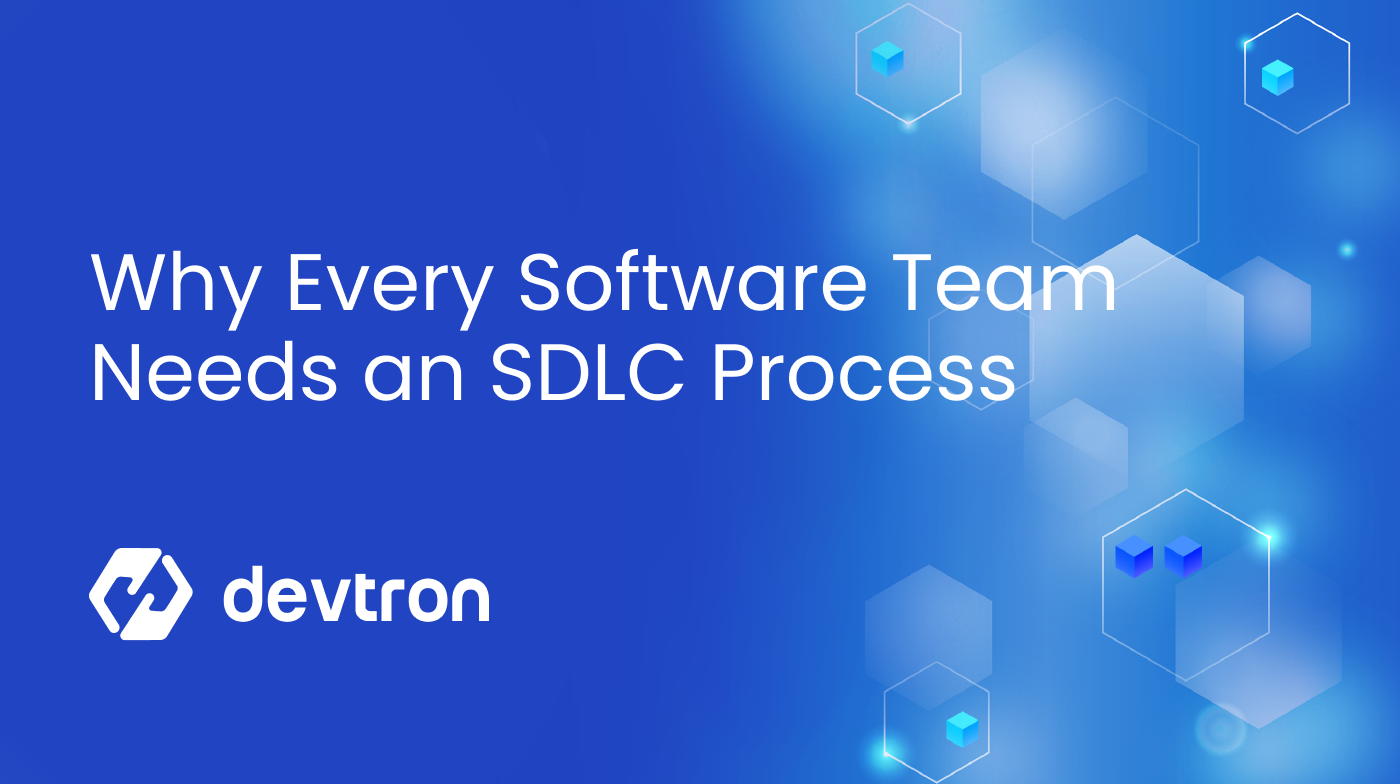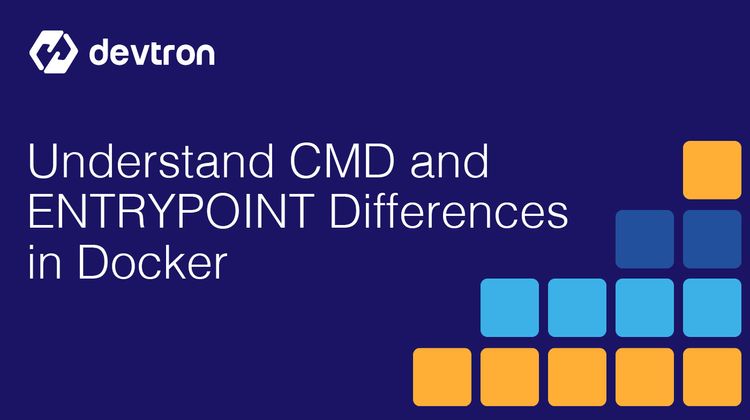Every great software project starts with a plan, and every failed one starts without one. Without a structured process to guide development, teams risk misaligned goals, missed deadlines, and costly rework. The complexity of modern software demands more than just coding brilliance—it requires a framework that ensures every step is deliberate, efficient, and focused on delivering value. This is where the Software Development Life Cycle (SDLC) comes in. It’s not just a process; it’s the backbone of successful software delivery. In this blog, we’ll uncover why adopting an SDLC isn’t just important—it’s essential for every team aiming to deliver software that meets expectations, stays within budget, and stands the test of time.
Please read this blog to learn more about the entire Software Development Lifecycle.
Improved Planning & Control
The Software Development Life Cycle (SDLC) enhances planning and control by providing a structured approach to software development. With clearly defined stages like Requirements, Design, Implementation, and Testing, it creates a roadmap that enables accurate resource allocation, timeline estimation, and risk management. Teams can track progress through milestones and performance metrics, ensuring projects stay on schedule and within budget.
Additionally, SDLC fosters better collaboration by defining roles and maintaining open communication channels, aligning stakeholders with project goals. It also ensures structured change management, helping teams adapt to evolving requirements without compromising quality. This framework reduces unpredictability, improves efficiency, and promotes transparency, ultimately resulting in more successful project outcomes.
Clear Communication between Teams
The Software Development Life Cycle (SDLC) creates clear communication between teams by defining roles, responsibilities, and deliverables at each stage of the process. By centralizing documentation, such as requirements, design blueprints, and test plans, it ensures everyone works with consistent, accurate information. Regular reviews and approval checkpoints allow teams to share updates, address concerns, and align on progress, reducing the risk of miscommunication.
Additionally, SDLC incorporates standardized tools and processes, such as project management platforms and version control systems, to streamline collaboration and maintain transparency. Involving stakeholders at critical phases, like requirement validation and user acceptance testing, ensures technical teams are aligned with business objectives. This structured approach fosters effective teamwork, minimizes misunderstandings, and drives project success.
Risk Management
Risk management in the Software Development Life Cycle (SDLC) focuses on identifying, analyzing, and mitigating potential risks that could disrupt a project's progress or compromise its quality. By breaking the project into defined stages, the SDLC allows risks to be identified early, particularly during the Requirements and Design phases. At these points, teams assess factors like unclear requirements, technological constraints, or resource limitations, creating opportunities to address these issues before development begins.
The structured approach of SDLC ensures that risks are continuously monitored and managed throughout the lifecycle. During the Implementation and Testing phases, risks such as coding errors, integration challenges, or performance bottlenecks are identified through reviews, testing, and quality checks. Each phase has checkpoints or milestones where teams evaluate progress and reassess risks, enabling early interventions to minimize their impact. For instance, risk prioritization ensures that critical issues, such as security vulnerabilities, are resolved before deployment.
Additionally, SDLC supports effective change management, which is crucial for mitigating risks associated with evolving requirements or unexpected issues. Teams analyze the impact of proposed changes on the timeline, budget, and quality, ensuring informed decision-making. This proactive and iterative approach to risk management minimizes surprises, reduces costly rework, and helps ensure the project stays on track while delivering a high-quality product.
Cost Efficiency
The Software Development Life Cycle (SDLC) enhances cost-effectiveness by providing a structured and predictable approach to software development. By defining clear stages—such as Requirements, Design, Implementation, and Testing—it minimizes errors, redundancies, and rework, which are often the primary drivers of increased costs. Identifying and addressing issues early in the lifecycle, particularly during the Requirements and Design phases, prevents expensive fixes later in the development process.
Additionally, SDLC ensures optimal resource allocation by planning workloads, timelines, and budgets in advance. It streamlines development through efficient workflows and standardized tools, reducing wasted time and effort. This systematic approach not only helps deliver projects within budget but also ensures higher quality, minimizing long-term maintenance costs and maximizing return on investment.
Measurable Progress and Accountability
The Software Development Life Cycle (SDLC) promotes measurable progress and accountability by breaking the development process into clearly defined stages, such as Requirements, Design, Development, Testing, Deployment, and Maintenance. Each stage includes specific deliverables and milestones, allowing teams to measure progress against predefined goals. For example, the completion of a requirements document or a fully tested module serves as a tangible indicator of advancement. This structure ensures that every phase has clear expectations, making it easier to track achievements and identify any delays or bottlenecks early.
Accountability is enhanced because the SDLC assigns responsibilities for each phase to specific roles or teams. For instance, business analysts handle requirements gathering, developers manage coding, and QA teams oversee testing. These well-defined roles ensure that each team is accountable for their part of the process, reducing confusion and overlap. Regular reviews, such as design walkthroughs or code audits, further reinforce accountability by providing opportunities to evaluate individual and team contributions.
Moreover, progress tracking is often supported by tools like project management dashboards or Gantt charts, which visualize the project's timeline and current status. These tools help stakeholders monitor whether the project is on track and provide transparency across teams. By combining structured milestones, role clarity, and real-time tracking, SDLC ensures that progress is measurable, responsibilities are clear, and teams remain accountable for delivering a high-quality product.
Continuous Improvement
The Software Development Life Cycle (SDLC) fosters continuous improvement by incorporating feedback loops and iterative processes throughout its stages. Each phase—such as Requirements, Design, Development, Testing, and Maintenance—includes mechanisms for reviewing outcomes, identifying inefficiencies, and implementing enhancements. For example, during testing, issues such as bugs or performance bottlenecks are identified and resolved, leading to improved code quality. Similarly, user feedback collected during the Deployment and Maintenance phases provides insights for refining the software in subsequent iterations.
SDLC also emphasizes documentation at every stage, which serves as a valuable reference for future projects. By analyzing completed projects, teams can identify recurring challenges, such as delays or resource mismanagement, and refine processes to address them. Techniques like post-mortems or retrospective meetings after project completion help organizations learn from successes and failures, embedding these lessons into future development cycles.
Moreover, the SDLC's structured approach supports the adoption of agile or iterative models, where continuous improvement is built into the process. These models encourage frequent updates, testing, and feedback, ensuring the software evolves to meet changing requirements or technological advancements. By promoting a culture of learning and adaptation, the SDLC helps organizations achieve higher efficiency, better quality, and ongoing innovation in their software development practices.
Conclusion
In conclusion, the Software Development Life Cycle (SDLC) is not just a methodology—it’s a vital enabler for delivering successful software projects. By offering a structured framework, it ensures better planning, clear communication, effective risk management, and measurable progress. Its focus on cost-efficiency and continuous improvement empowers teams to adapt to challenges and deliver high-quality products that meet both business and user expectations.
Adopting an SDLC process isn’t just about following steps—it’s about fostering collaboration, accountability, and innovation. Whether your team is building a small application or managing complex systems, an SDLC approach provides the tools and discipline needed to turn ideas into impactful, sustainable solutions. It’s a cornerstone for any team striving to achieve excellence in today’s fast-paced software development landscape.








